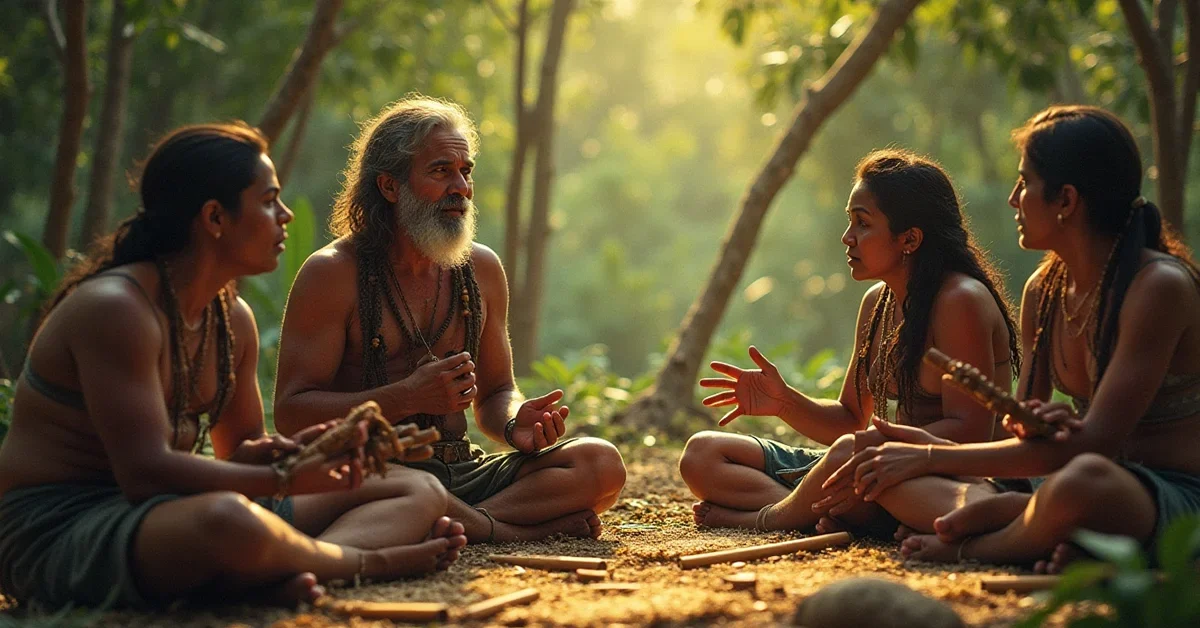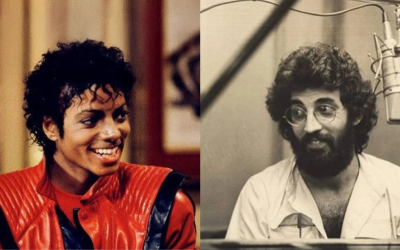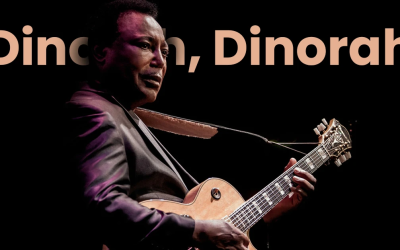When we think of music preservation, sheet music often comes to mind—a written record that allows melodies and harmonies to be passed down through generations. However, the rich tapestry of indigenous music oral tradition tells a different story—one of resilience, adaptation, and the power of human memory.
In pre-colonial music Brazil, indigenous communities thrived without written language systems. Instead, they relied on oral traditions to transmit knowledge, history, and culture. Music was a communal activity, deeply embedded in daily life and spiritual practices. Songs were not just melodies but vessels carrying the essence of a people’s identity.
The Oral Tradition: A Living Legacy
Music as a Communal Experience
In pre-colonial Brazil, indigenous communities thrived without written language systems. Instead, they relied on oral traditions to transmit knowledge, history, and culture. Music was a communal activity, deeply embedded in daily life and spiritual practices. Songs were not just melodies but vessels carrying the essence of a people’s identity.
The Role of Memory and Repetition
The absence of written notation meant that music was learned and preserved through listening and repetition. Elders and spiritual leaders played crucial roles in teaching songs to younger generations, ensuring that each nuance and rhythm was accurately conveyed. This method fostered a deep connection between the music and its cultural context, as each performance was both a preservation and a re-creation of tradition.
Instruments and Their Significance
Crafting Sound from Nature
Indigenous musicians utilized materials from their environment to create instruments that produced unique sounds. These included:
- Flutes and Whistles: Made from bamboo or bone, used in various ceremonies.
- Drums: Crafted from hollowed logs and animal skins, providing rhythmic foundations.
- Rattles: Constructed from gourds filled with seeds, adding texture to musical pieces.
Each instrument was more than a tool for making music; it was a symbol of the community’s relationship with nature and their resourcefulness.
Music as a Multifaceted Tool
Beyond Entertainment
For indigenous communities, Brazilian indigenous music served multiple purposes:
- Spiritual Ceremonies: Facilitating connections with the spiritual realm.
- Storytelling: Preserving myths, histories, and moral lessons.
- Healing Practices: Utilizing specific rhythms and melodies believed to have therapeutic effects.
This multifunctionality ensured that music remained an integral part of indigenous life, deeply woven into the fabric of their societies.
The Mechanics of Oral Transmission
Generational Knowledge Transfer
Oral transmission of music operated through several key mechanisms:
Master-Apprentice Relationships: Experienced musicians took on the responsibility of teaching younger community members, creating chains of knowledge that could span centuries.
Community Participation: Unlike Western classical traditions where music might be performed by specialists, indigenous music often involved entire communities, ensuring multiple people knew each song.
Contextual Learning: Songs were learned within their proper cultural contexts—during ceremonies, seasonal celebrations, or important life events—which helped embed both the music and its meaning in participants’ memories.
The Evolution Factor
One fascinating aspect of indigenous music oral tradition is how it allowed for natural evolution while maintaining core elements. As each generation passed down songs, they inevitably added their own interpretations, much like the natural process of storytelling. Over thousands of years, this created rich, layered musical traditions that were both ancient and contemporary.
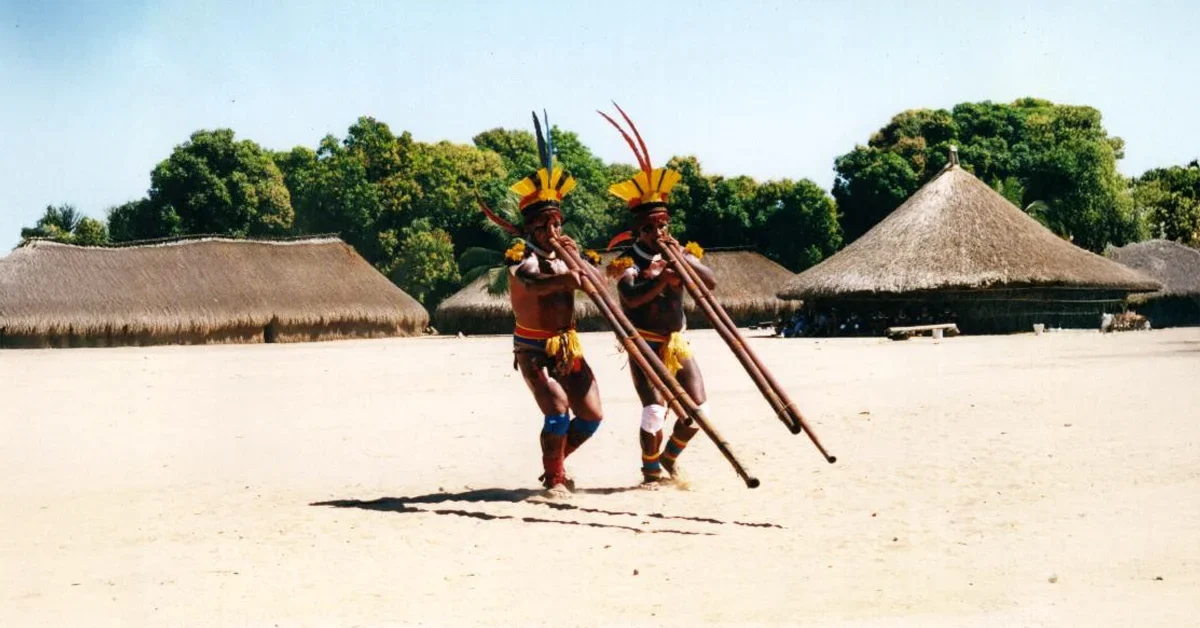
Memory Techniques and Cultural Preservation
Mnemonic Strategies
Indigenous communities developed sophisticated music preservation methods that went far beyond simple repetition:
Associative Memory: Songs were often tied to specific locations, seasons, or activities, creating multiple memory triggers that helped ensure accurate recall.
Physical Movement: Many songs were accompanied by specific dances or gestures, engaging muscle memory alongside auditory memory to create more robust preservation.
Narrative Structure: Musical pieces often told stories or followed logical progressions, making them easier to remember and harder to forget crucial elements.
The Role of Ritual and Ceremony
Regular ceremonial practices served as both performance opportunities and preservation mechanisms. These events ensured that important songs were performed regularly, preventing them from being forgotten while also providing opportunities for teaching new generations.
Challenges and Adaptations
Environmental Factors
Cultural memory music had to adapt to various challenges:
Seasonal Variations: Some songs were only performed during specific seasons, requiring communities to maintain musical knowledge across long periods of non-use.
Migration and Movement: As communities moved or were displaced, they had to maintain their musical traditions without the support of familiar environments or sacred locations.
Population Changes: Disease, warfare, and other factors that affected population sizes also threatened musical continuity, as fewer people meant fewer carriers of musical knowledge.
Contemporary Preservation Efforts
Modern Documentation
Today, ethnomusicologists and indigenous communities work together to document traditional music while respecting its sacred and cultural significance. This involves:
Audio Recording: Capturing performances in their natural contexts while maintaining cultural protocols.
Cultural Context Documentation: Recording not just the music but also its meanings, appropriate uses, and cultural significance.
Community-Led Initiatives: Ensuring that preservation efforts are guided by indigenous communities themselves rather than imposed from outside.
Living Traditions
Several contemporary groups demonstrate how indigenous music oral tradition continues to thrive:
The Nóg Gã Group (Kaingang people) combines traditional songs with contemporary performance contexts, showing how oral traditions can adapt while maintaining their essential character.
The Teko Guarani Group represents intergenerational transmission in action, with young people learning from elders and adding their own interpretations to ancient songs.
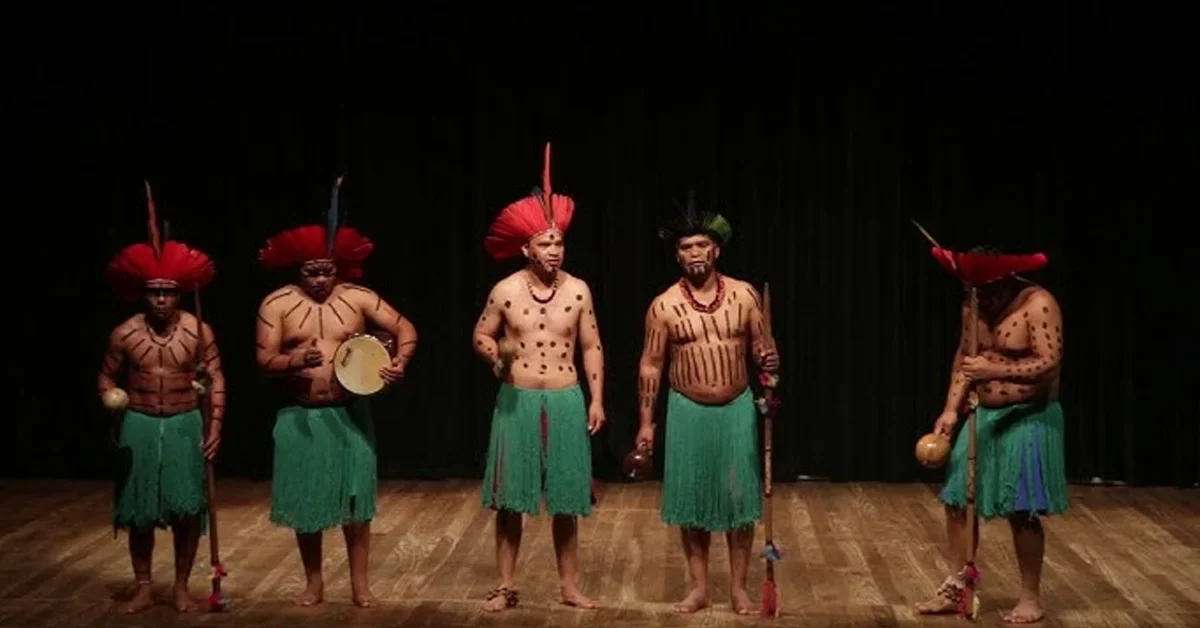
The Science Behind Oral Musical Memory
Neurological Aspects
Research into oral transmission of music reveals fascinating insights about human memory:
Pattern Recognition: The human brain is exceptionally good at recognizing and remembering musical patterns, which explains how complex songs could be preserved accurately across generations.
Emotional Memory: Music’s emotional impact creates stronger memories, helping ensure that culturally significant songs were particularly well-preserved.
Social Memory: Group singing and communal musical experiences create shared memories that are more robust than individual recollections.
Lessons for Modern Music Education
Beyond Written Notation
The success of indigenous music oral tradition offers valuable insights for contemporary music education:
Holistic Learning: Indigenous methods integrated music with movement, storytelling, and cultural context, creating more comprehensive learning experiences.
Community Engagement: Music was learned through participation rather than observation, emphasizing active engagement over passive consumption.
Cultural Relevance: Songs carried cultural meaning beyond their musical content, making them more memorable and significant to learners.
he Resilience of Oral Tradition
Survival Against Odds
The fact that Brazilian indigenous music survived centuries of cultural suppression, colonization, and modernization speaks to the remarkable resilience of oral tradition. Despite facing:
- Forced cultural assimilation
- Population decimation
- Environmental destruction
- Language loss
Many musical traditions have persevered, adapted, and even thrived in contemporary contexts.
Modern Relevance
In our digital age, where information is instantly accessible but often quickly forgotten, indigenous music oral tradition reminds us of the power of deep, embodied knowledge. These traditions show us that some forms of cultural knowledge are best preserved not in external storage systems but in the minds and hearts of communities.
Conclusion: The Power of Living Memory
How indigenous music survived without sheet music is ultimately a story about the remarkable capacity of human communities to preserve and transmit complex cultural knowledge across generations. Through sophisticated oral traditions, indigenous peoples of Brazil created preservation systems that were more flexible, adaptive, and resilient than many written systems.
These music preservation methods remind us that cultural knowledge is not just information to be stored but living wisdom to be embodied and practiced. As we continue to navigate questions about cultural preservation in the digital age, the success of indigenous music oral tradition offers valuable lessons about the importance of community, practice, and the deep human connections that make culture truly sustainable.
The next time you hear a traditional indigenous song, remember that you’re experiencing the culmination of thousands of years of careful preservation, passed down through countless generations who chose to keep these musical treasures alive in their hearts and voices rather than on paper.
References
- Before Samba: Brazil’s Ancient Musical Roots – The Stringuy
https://youtu.be/9awWQvvarBI - “Indigenous Music of the Americas.” Encyclopedia Britannica, https://www.britannica.com/art/Native-American-music
- “Oral Tradition and Music.” Oxford Music Online, https://www.oxfordmusiconline.com
- “Brazilian Indigenous Music Documentation Project.” Smithsonian Folkways, https://folkways.si.edu

